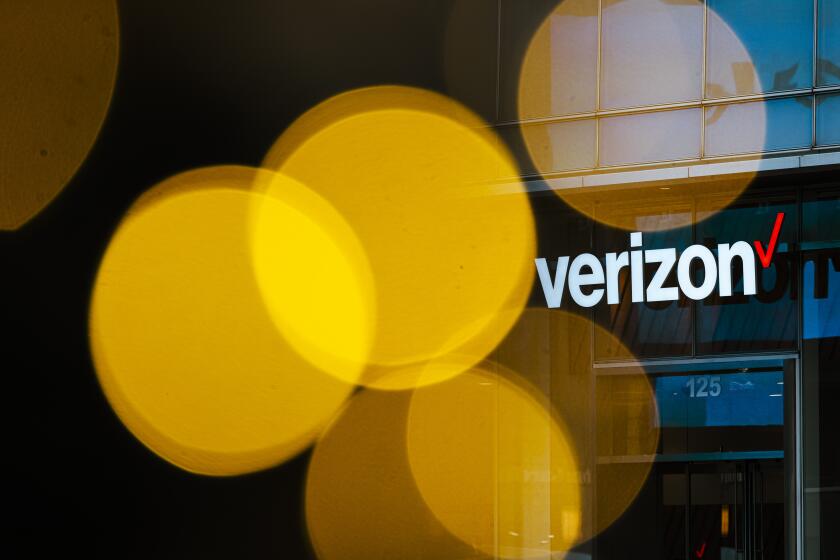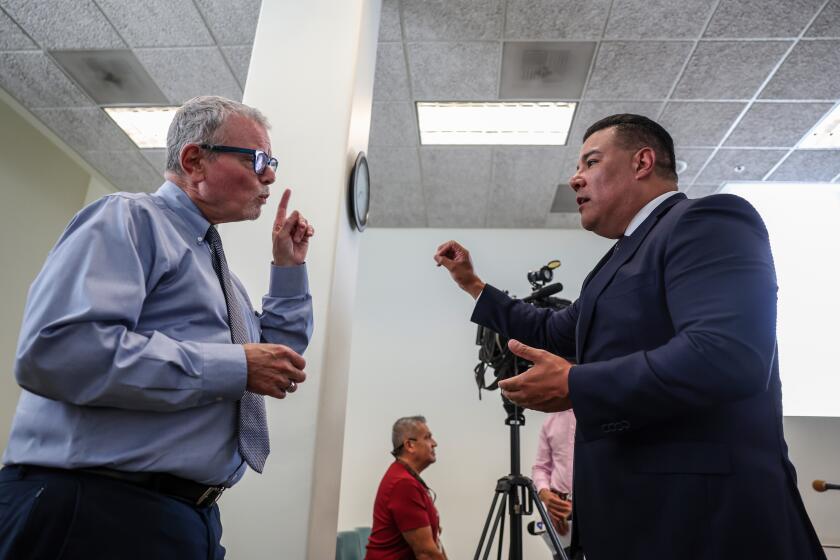Index of leading indicators falls, weekly jobless claims rise
The index of U.S. leading indicators fell 0.2 percent in June, the second decline in three months, signaling the world’s largest economy will cool.
The decrease in the New York-based Conference Board’s gauge of the prospects for the economy in the next three to six months compares with the median estimate for a 0.3 percent decline in a Bloomberg News survey of economists and follows a 0.5 percent gain in May.
Federal Reserve Chairman Ben S. Bernanke yesterday repeated his forecast for a “moderate” pace of growth even as he said the outlook remains “unusually uncertain.” Recent reports on housing, retail sales and the labor market have pointed to weakness in the economy as the second half begins.
“Economic data softened notably in June, suggesting the recovery has lost some momentum,” Yelena Shulyatyeva, an economist at BNP Paribas in New York, said before the report. “As we move into the second half of the year, residential investment is likely to weigh again on economic growth.”
Estimates for the Conference Board’s index ranged from no change to a decline of 0.5 percent, according to projections from 57 economists in a Bloomberg survey.
A report from the Labor Department Thursday showed that the number of Americans applying for jobless benefits last week rose more than forecast, increasing by 37,000 to 464,000.
Four of the 10 indicators in the leading index contributed to the decrease in June, led by average weekly manufacturing hours. Supplier deliveries and stock prices also subtracted from the monthly gauge.
Five components advanced, including the gap between 10-year Treasury note yields and the overnight fed funds rate. One component, orders for non-defense capital goods, was unchanged.
Weak economic data in the U.S. last month pushed down the Standard & Poor’s 500 Index, which averaged 1,083.36 in June, down 3.7 percent from the previous month.
The Conference Board’s index of coincident indicators, a gauge of current economic activity, was unchanged in June after a 0.5 percent gain the previous month. The index tracks payrolls, incomes, sales and production, the measures used by the National Bureau of Economic Research to determine the beginning and end of U.S. recessions.
The gauge of lagging indicators increased 0.1 percent last month. The index measures business lending, length of unemployment, service prices and ratios of labor costs, inventories and consumer credit.
Some company leaders say growth is tepid. Dow Chemical Co. Chief Executive Officer Andrew Liveris said the economy is in a “slow recovery.”
“We are still living in this kind of opaqueness that should worry us all,” the head of the biggest U.S. chemical maker said in a July 16 interview in New York. “We are in a slow recovery that has a lot of zigs and zags.”
Seven of the 10 indicators that make up the leading index are known ahead of time: stock prices, jobless claims, building permits, consumer expectations, the yield curve, factory hours and supplier delivery times.
The Conference Board estimates new orders for consumer goods, bookings for capital goods and the money supply adjusted for inflation.
More to Read
Inside the business of entertainment
The Wide Shot brings you news, analysis and insights on everything from streaming wars to production — and what it all means for the future.
You may occasionally receive promotional content from the Los Angeles Times.









